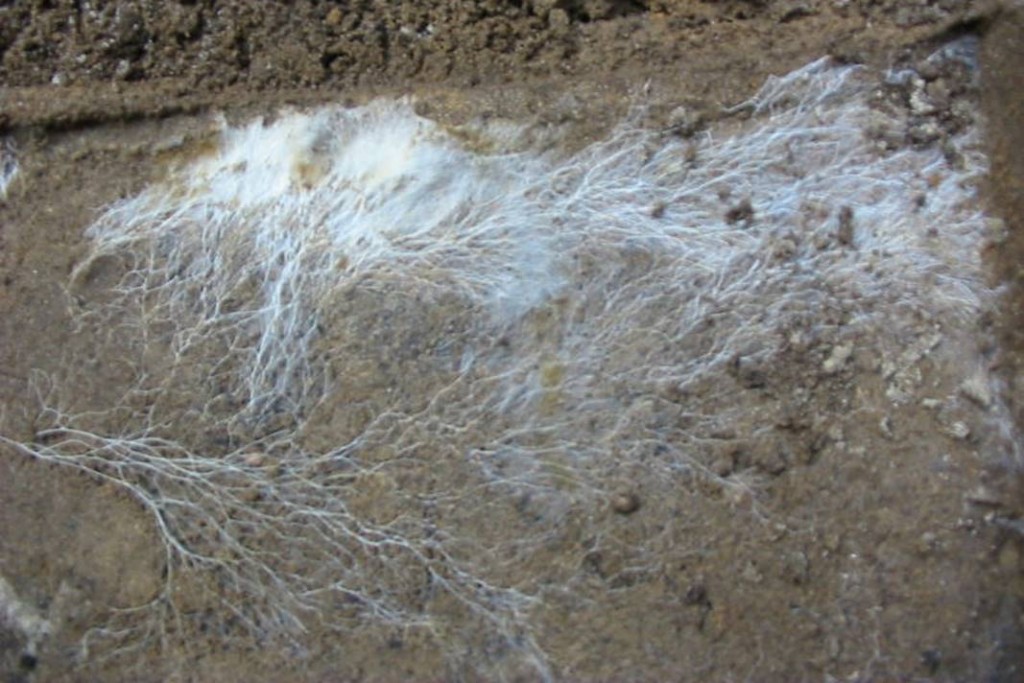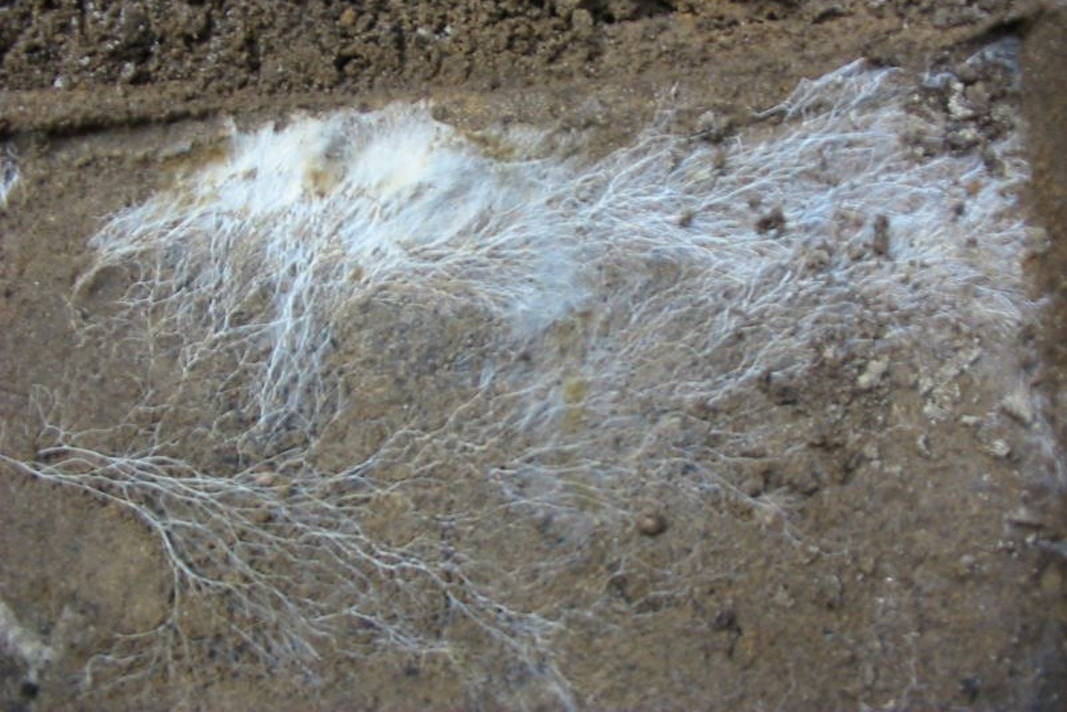
GNN is pro-fungus. We report on their value as medicines, building materials, and food, as well as the constantly evolving portrait of their interconnectedness with our world, and the organisms of the forest.
Their vast network of roots known as mycelia has now been shown hold a third—yes, a third, of the annually emitted carbon dioxide emissions on Earth.
The kingdom of fungi has been supporting life on land for at least 450 million years, and it may have produced the first large terrestrial organism in the form of fungal spires several meters high.
Now, an international team of researchers pooled data from hundreds of studies on plant-soil processes. Their calculations show that more than 13 gigatons of CO2 is transferred from plants to fungi annually, turning the soil beneath our feet into the biggest carbon sink in the world, bigger even then the oceans.
It offers a potential solution to managing fossil fuel emissions, and needs consideration in biodiversity and conservation policies, said the researchers.
Co-author Professor Katie Field, of Sheffield University described the find as a “blind spot” in global carbon modeling—one of many, and certainly not the first.
“The numbers we’ve uncovered are jaw-dropping. When we’re thinking about solutions for climate we should also be thinking about what we can harness that exists already,” said Dr. Field.
WOOD WIDE WEB NEWS: Research Suggests Mushrooms Talk to Each Other With a Vocabulary of 50 ‘Words’
It’s a good point. Mycelium can be grown extremely fast, while producing mushrooms as a food source. They could potentially be the best overall source of carbon storage available to humans at this moment.
Mycelia from different individual organisms form large, sometimes massive structures which have been fantastically termed the “Wood Wide Web.” Capable of holding up to 30,000 times their own mass in water and nutrients, they also act as conduits for medicinal substances for plants which they exchange in return for their sugars with the WWW.
MORE FUNGAL NEWS: Scientists Have Used Mushrooms to Make Biodegradable Computer Chip Parts
The largest known organism on the planet is a 2,000-year-old fungal mat that stretches over 2,000 acres across Oregon.
“More needs to be done to protect these underground networks—we already knew they were essential for biodiversity. Now we’ve even more evidence they are crucial to the health of our planet,” said Dr. Field.

“Understandably, much focus has been placed on protecting and restoring forests as a natural way to mitigate climate change,” added Dr. Heidi Hawkins of Cape Town University, adding that relatively little focus has gone into understanding mycorrhizal structures.
“We do know that it is a flux, with some being retained in mycorrhizal structures while the fungus lives—and even after it dies. Some will be decomposed into small carbon molecules and from there either bind to particles in the soil or even be reused by plants,” she said.
OTHER MYCELIUM USES: Tasty Burgers and Steaks Made of Mycelium Are New Healthy Food Alternative to Plant-Based Meats
The researchers are now investigating how long carbon is stored by the fungi and are seeking to further explore how it boosts ecosystems.
Together, they detail how there is still so much to learn about the full suite of roles which mycorrhizal structures, anchored with mycelia, play within global systems.
SHARE This Fantastic Fungi News With Your Friends…




















